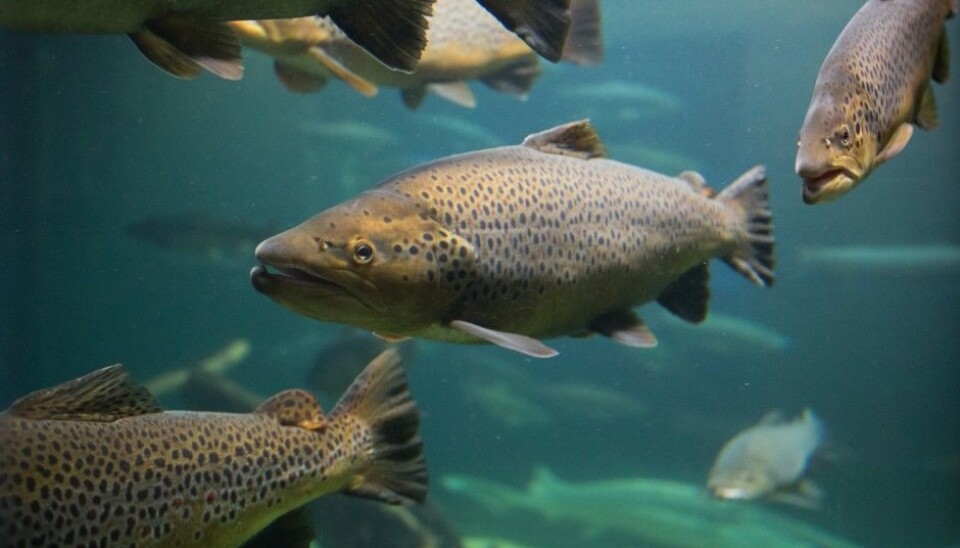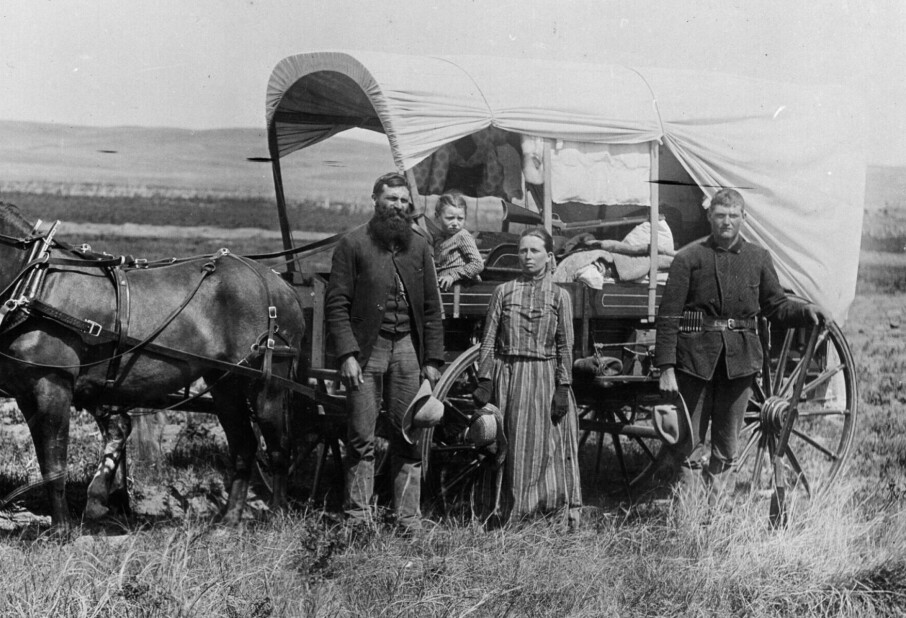
Salmon get their sense of direction from mum
Offspring are twice as likely to find their way home if their mother was wild.
You don’t need to scratch deep before finding gender stereotyping when the subject is sense of orientation, whether the issue is finding out where one is on a map or trying to parallel-park a car.
It is unlikely that salmon get tangled up in such talk when navigating in rivers, oceans or aquaculture facilities. But researchers have now found out which parent they inherit their sense of orientation from.
When the time comes for an adult to return to its birthplace to spawn it needs to rely on its genes from its mother.
Crossed wild salmon and farmed salmon
A few years ago, researchers at the Norwegian Institute for Nature Research (NINA) released 7,000 young salmon at the mouth of the River Imsa in Norway’s Rogaland County. All had been hatched at NINA’s research station nearby.
Some of these smolts were the offspring of two farmed salmon, others of two wild salmon from the River Imsa, but they were also in the company of hybrids: some with a wild mother and farmed father, others with a farmed mother and wild father.
All of them were well marked so that the researchers could see which of them returned from the Atlantic, sexually mature, back to the river.
“The results of the experiment show that genes from the mother were more important than genes from the father with regard to survival, homing ability and growth rates at sea,” write Nina Jonsson and Bror Jonsson in the latest issue of the journal Naturen.
The purely wild Imsa salmon and the hybrids with a wild Imsa River mother were twice as successful at finding their way back to their starting point far into a Norwegian fjord.
Not a priority in fish farms
The share that return among wild salmon that have never been in the hands of a researcher is about 3 percent, informs Nina Jonsson in an e-mail to ScienceNordic.com’s Norwegian partner forskning.no. The rates for the fish in the experiment ranged from 0.6 percent to 2 percent, depending on their parents.
It was of little help if their father was a wild salmon and mother one of the creations of aquaculture. These are bred to grow as fast as possible and of course no emphasis has been put by fish farmers on ocean orientation skills.
Such abilities are not called for among fish that swim round and round in netpens, but it does have consequences on the occasions when they accidentally escape their confinements.
Concerned about escapees
Females that escape netpens are the most likely to make it home to spawn and spread their genes to new generations. Males that make a break for it are less likely to transfer their genes. For the preservation of wild salmon, with all their genetic attributes, any return to spawn by the offspring of farmed salmon is deemed unfortunate. With regard to homing capabilities, ‘the absolute poorest hybrid combination’ has the greatest success.
“The results back up our earlier concerns about the negative impact of escaped salmon,” says Nina Jonsson.
She confirms that this problem would disappear if farmed salmon were sterile, a goal of current research.
-------------------------------------
Read the Norwegian version of this article at forskning.no.
Translated by: Glenn Ostling






























